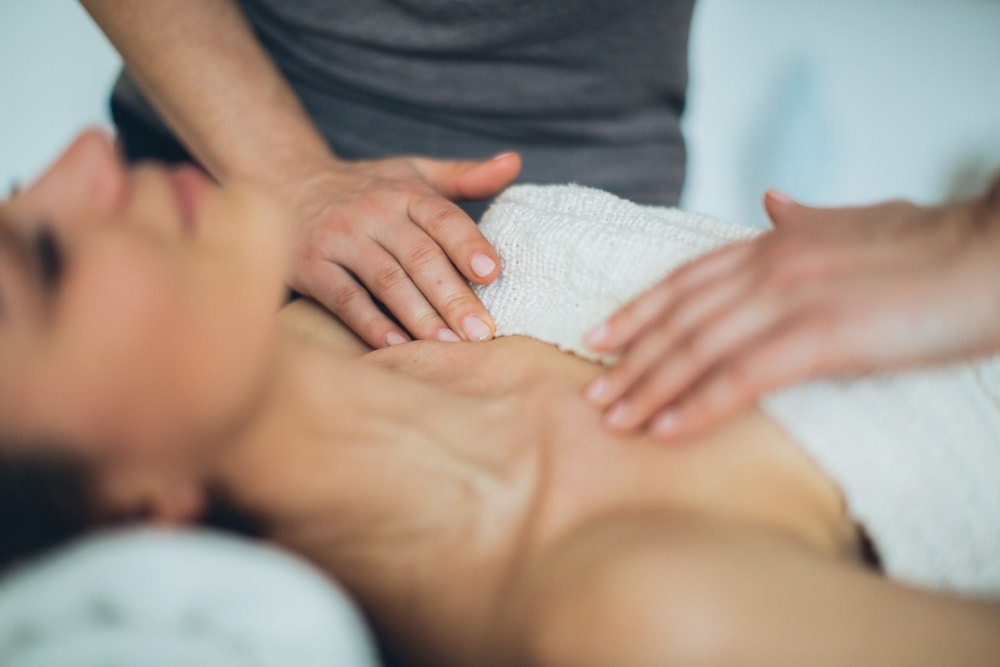Is Acupuncture Just Placebo Effect? Needling The Skin May Reduce Symptoms for Several Reasons
Over the past 10 years or so a great deal of research has been carried out into the effects of acupuncture. Some trials have suggested that acupuncture has a beneficial influence on certain conditions and symptoms and others have said the opposite. One of the problems has been that many research trials were of poor quality thus making it difficult to draw any firm conclusions – a fairly common occurrence in medical research.
Recent research has suggested that patients treated with traditional acupuncture for certain conditions improve and so do patients treated with sham acupuncture – where the needles were placed at random in the patient rather than at the classical points.

Here are two examples taken from the Cochrane Collaboration, a respected database of evidence based medicine.
The first is the analysis of a number of trials of acupuncture for preventing the recurrence of migraine. The conclusion was that both acupuncture and sham acupuncture helped prevent further attacks of migraine better than did standard medication. The Cochrane authors concluded that acupuncture may be useful in prevention of migraine but that the placement of the needles is not as important as acupuncturists believe.
The second example relates to the treatment of shoulder pain and stiffness. In a small study acupuncture and sham acupuncture together with exercise proved more effective than exercise alone.
Essentially the research is saying that sticking needles into patients helps ease their symptoms whether you put the needles in acupuncture points or not and that treating with needles is better than no treatment at all.
The Placebo Effect
The conclusion drawn is that acupuncture is acting as a placebo: the procedure makes the patient think he or she is going to get better and this positive attitude improves the symptoms. The placebo effect is known to be very powerful: it encourages healing no matter what the treatment whether it be drugs or surgery. There is much evidence that the mind, through its effects on hormones and the immune system has considerable effect on the body’s tissues.
Direct Effects of Acupuncture
There is also the possibility that acupuncture and sham acupuncture are having direct effects on the body through the micro-trauma they produce when piercing the skin. In this sense acupuncture is akin to traditional counter-irritation remedies like blistering, mustard or belladonna plasters – remedies once used on animals and humans.
The idea is that by causing a micro-injury to the skin (enough to cause irritation but not sufficient to cause serious damage), the body’s inflammation/immune mechanisms are stimulated. After at first causing a small amount of inflammation, the body’s healing processes are stimulated, mainly in the area local to the irritation, but possibly giving rise to body-wide effects as well.
Acupuncture and Trigger Points
An area in which acupuncture is frequently used is in the treatment of musculo-skeletal complaints like back and joint problems. Here the points needled are often trigger points rather than classical acupuncture points (although there is some overlap between the two) . Trigger points will respond to various stimuli in addition to needles such as cold spray, finger pressure and electrical stimulation.
It is easier to objectively demonstrate trigger points than it is classical acupuncture points. Active trigger points can be felt in muscles as a knot within a band of taut muscle fibres. The effects of trigger points have also been demonstrated electro-physiologically. So it’s likely that any reduction in symptoms brought about by the treatment of trigger points involves more than placebo.
More research on the use of needles in trigger points for musculo-skeletal conditions might yield less ambiguous results than do the studies involving classical acupuncture.